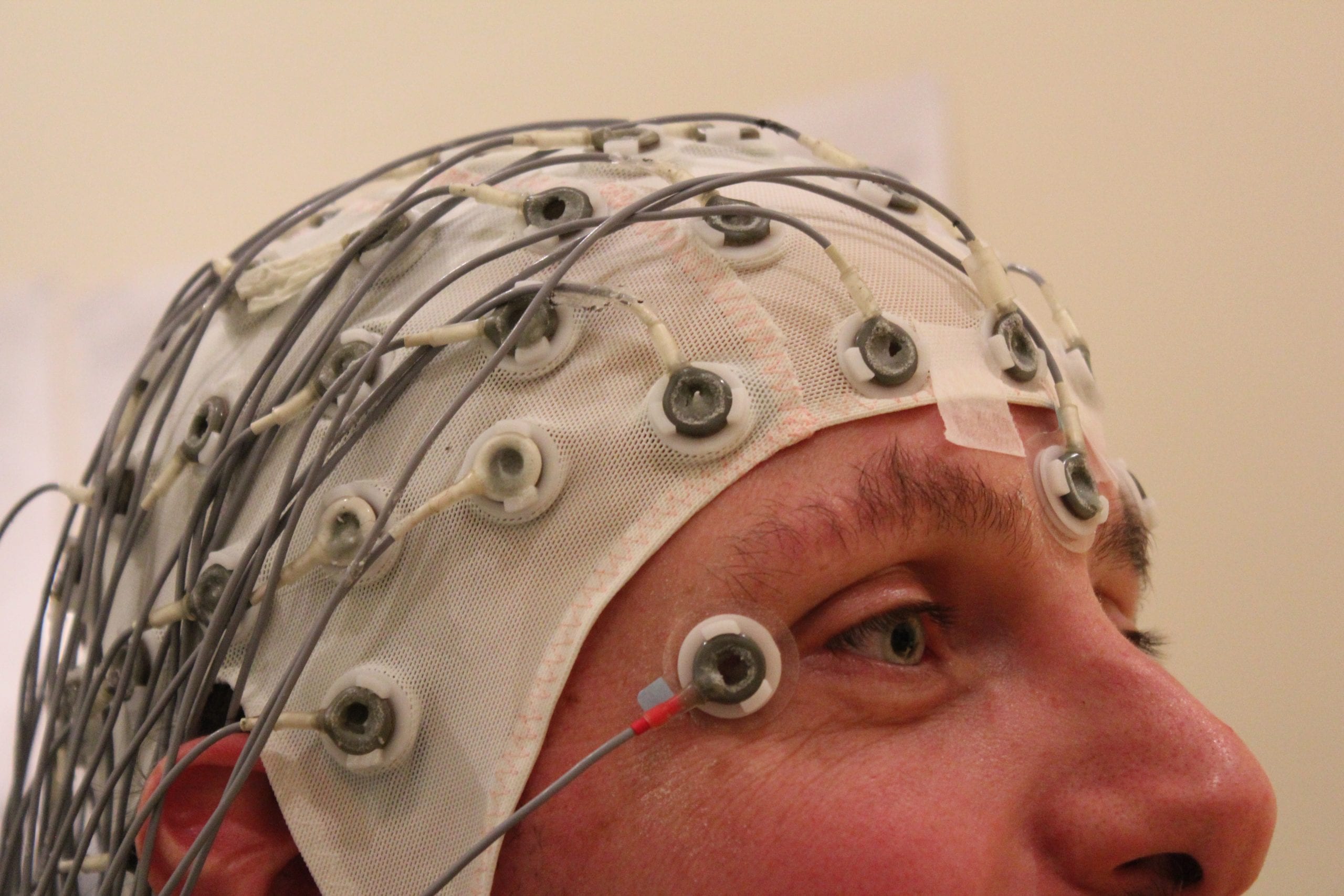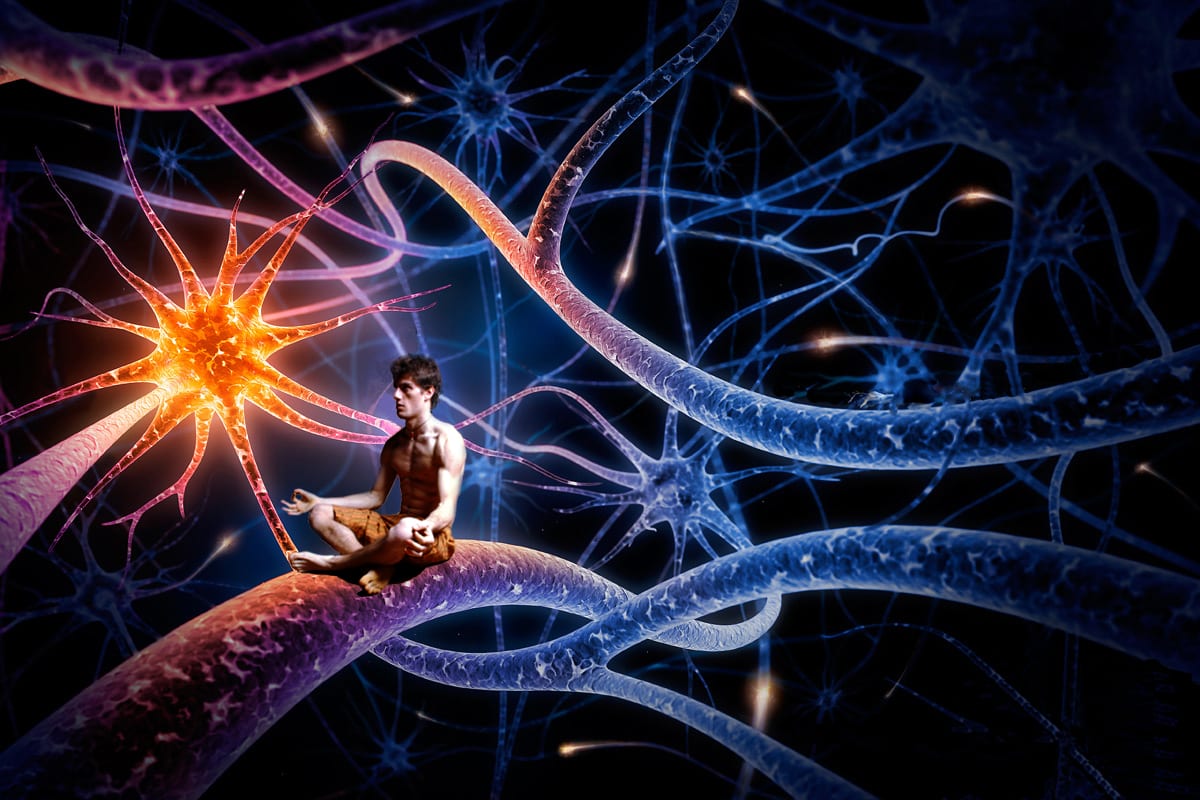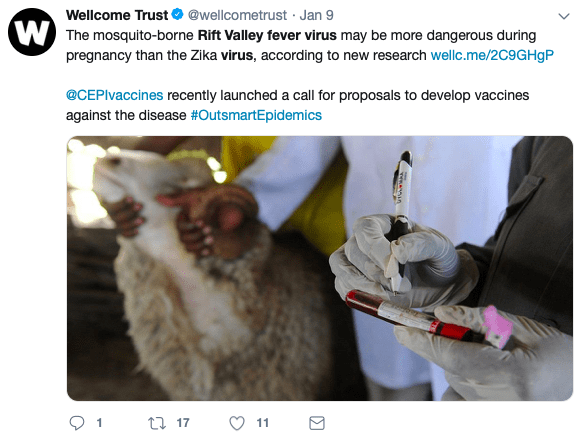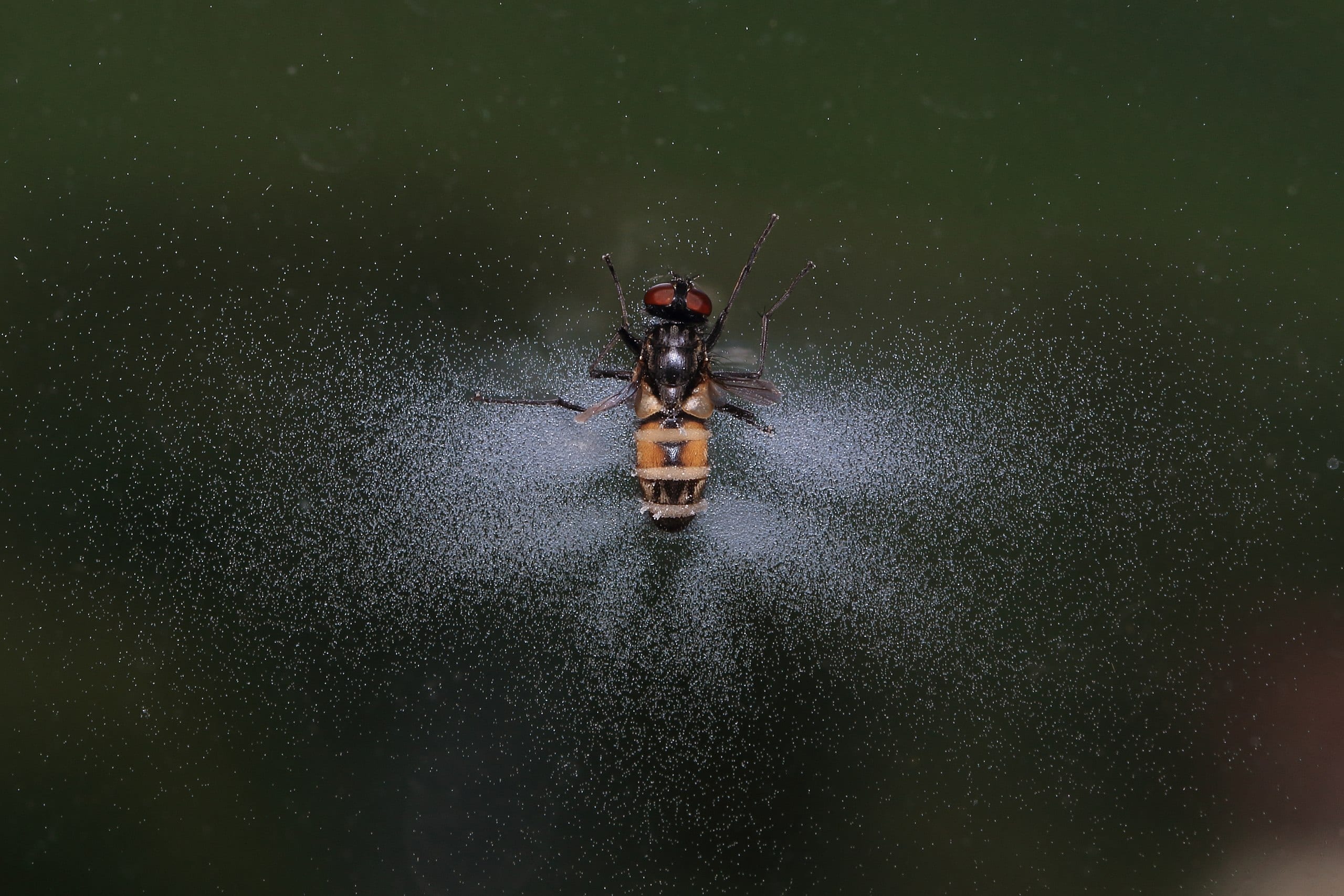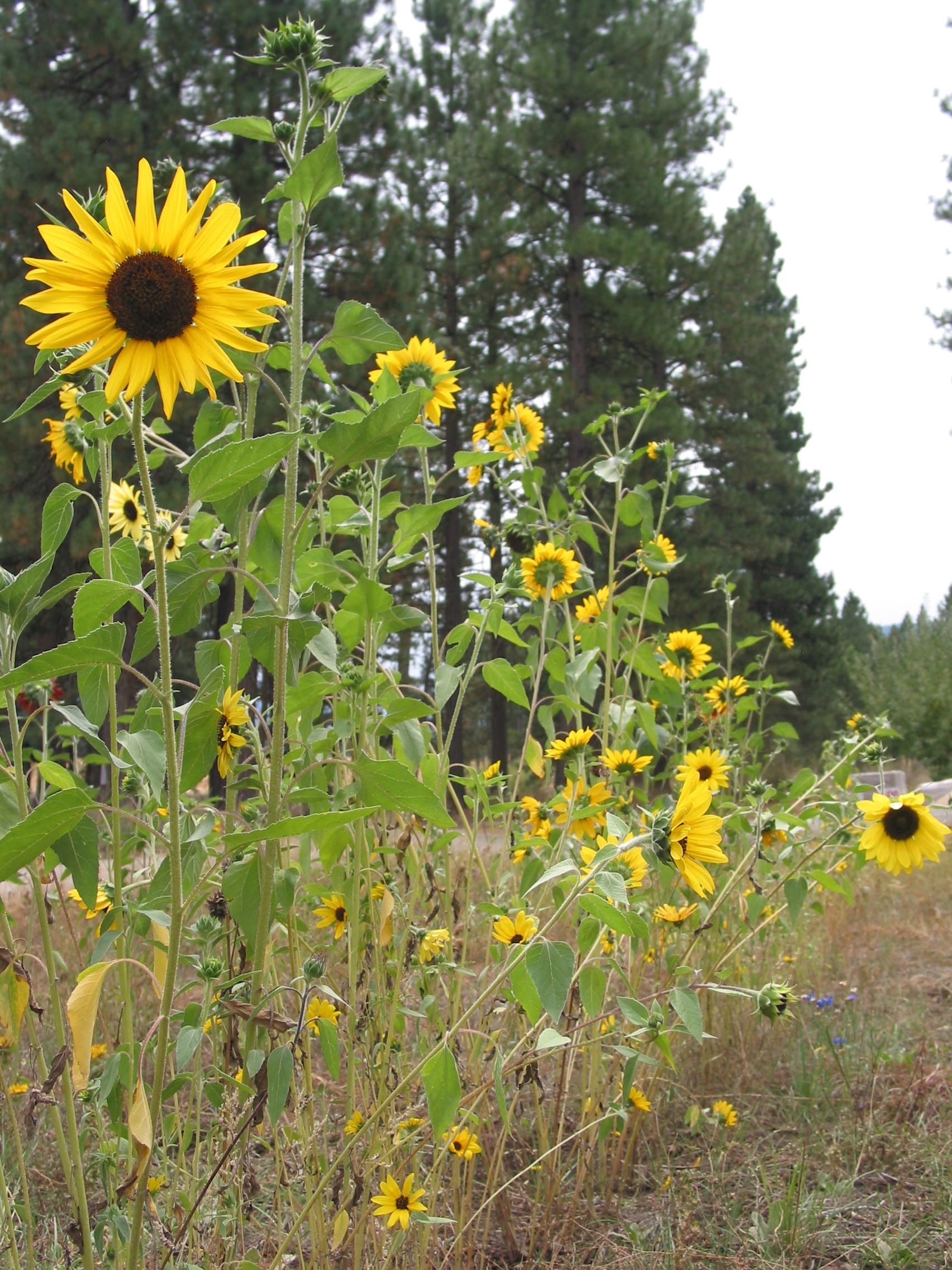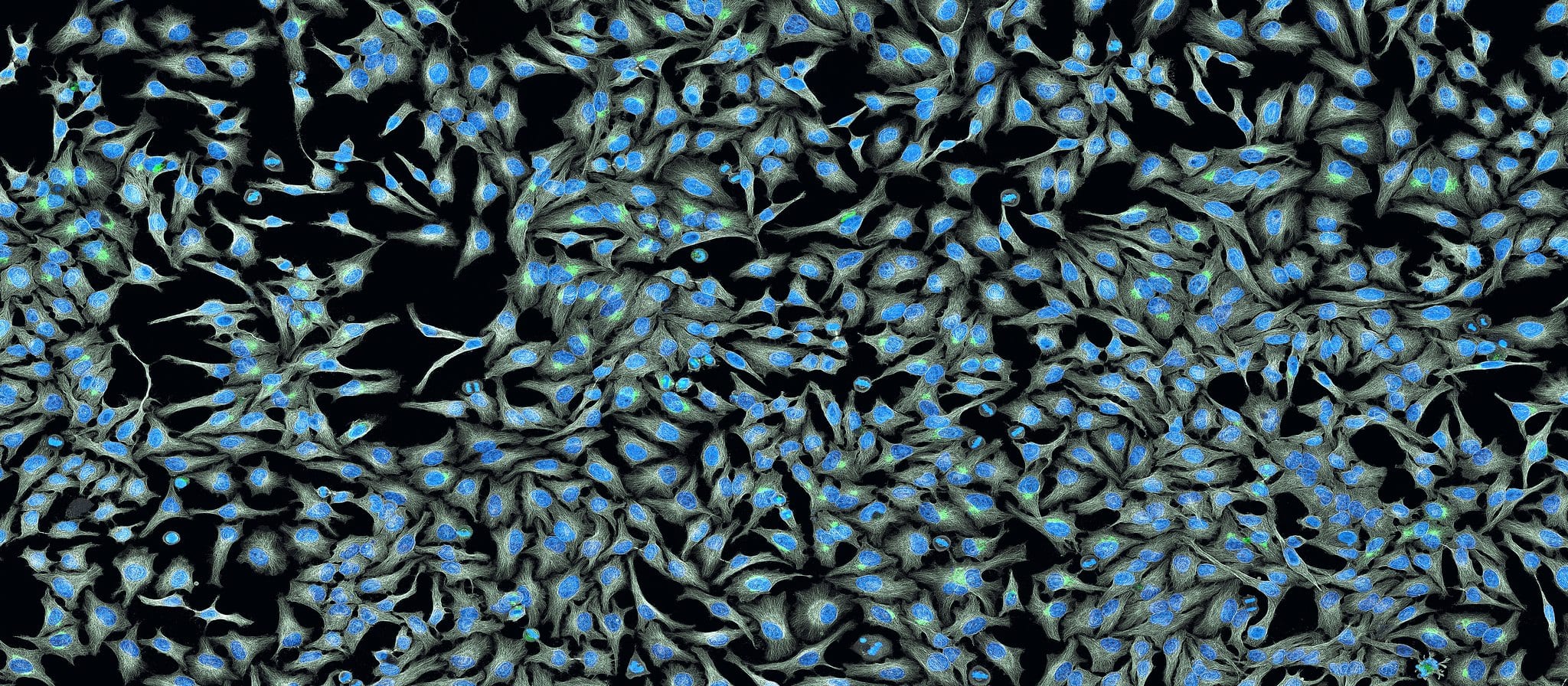
Plant Cells, an Unculturable Mystery
The simplest unit in biology is the cell. This central tenet has remained true since the coining of the term 'cell' in 1665 by Robert Hooke. Cells have enabled multicellular organisms to conquer every part of the planet, enabling cell line specialization and the formation of more complex organisms. Multicellularity allowed organisms to thrive by

